On January 8, Peregrine, the world’s first privately-owned lunar lander, lifted off from Cape Canaveral, Florida. The moment also marked the first US lunar landing attempt since 1972, as well as the first commercial flight to the Moon.
However, Peregrine's mission ended in failure due to a serious technical problem after only 6 hours of flight, causing the ship to leak irreparable fuel.
The failure stands in stark contrast to China's impressive track record in recent space exploration.
Since 2007, Beijing has successfully conducted several missions to both lunar orbit and the surface.
China also operates the continuously manned Tiangong space station in low Earth orbit, which will make China the only country operating a space station after NASA's International Space Station (ISS) is decommissioned around 2030.
Preparations for another lunar mission this summer are “progressing smoothly,” Chinese media said.
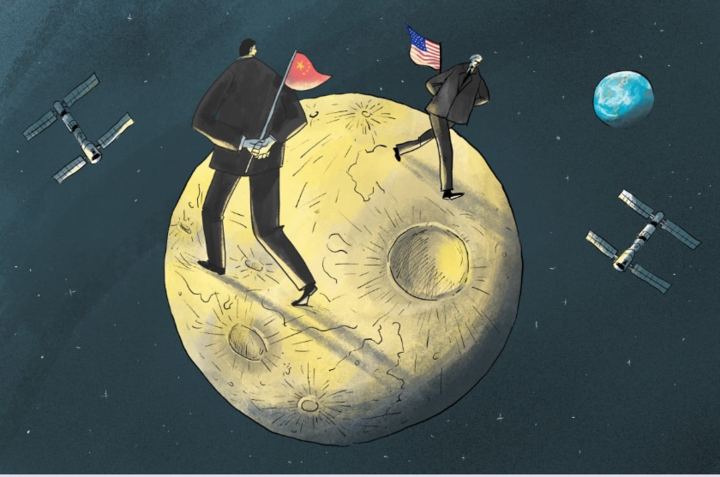
The US-China competition is spreading into outer space, with the target being the routes between the Moon and Earth. (Photo: SCMP)
According to SCMP , geopolitical tensions between China and the US, which have flared up in the South China Sea, the Taiwan Strait, and the Indo-Pacific region, continue to escalate in Earth’s orbit. The two powers are watching each other warily and competing fiercely for “beautiful parking lots” in space, which would provide distinct advantages such as controlling routes between Earth and the Moon.
Bill Nelson, a top NASA official, former astronaut and US senator from Florida from 2001 to 2019, expressed concern about China's "space ambitions" and Beijing's ability to "use scientific activities as a cover for other military or strategic objectives".
“We better be on guard against them (China) putting a foot on the moon under the guise of scientific research,” Nelson warned. “We are in a space race.”
Recently, senior officials, analysts of President Joe Biden's administration and US lawmakers across the political spectrum have sounded the alarm about Beijing's "astronomical intentions".
Last month, the US House of Representatives special committee on US-China competition made a specific recommendation to counter China's "space ambitions".
The bipartisan resolution then calls on Washington to fund key programs to outpace China, including “ensuring the United States is the first nation to permanently station troops at all Lagrange points.”
Meaning of Lagrange point
Named after the late 18th-century Italian astronomer and mathematician Joseph-Louis Lagrange, the Lagrange points are described by Nasa as “parking lots” in the region of space between the Sun, Earth and Moon.
There are five Lagrange points from L1 to L5. They are especially important for space research and exploration because their relative gravitational pull provides a strategic advantage.
According to astronomer Martin Elvis at the Harvard and Smithsonian Center for Astrophysics in Massachusetts (USA), Lagrange points are regions of space where the gravitational forces of two celestial bodies cancel each other out. This allows an object to orbit and maintain stability between the two celestial bodies. Spacecraft can also park there without needing much fuel.
Princeton University physicist Gerard O'Neill has realized that these advantages make Lagrange points ideal locations for "space cities," a concept that has captured the public imagination for decades.
O'Neill envisions space cities as giant cylinders: "They rotate slowly and create enough centrifugal force to simulate Earth's gravity, allowing people to move and live normally inside."

5 Lagrange points in the Earth-Moon system. (Photo: SCMP)
While the two Lagrange points in the Sun-Earth system are considered useful for studying the Sun, experts say the Cislunar region (the space between the Earth and the Moon) holds strategic value. Of these, L1 and L2 are the most prized due to their proximity to the Moon.
In a report last month, Shawn Willis of the Air Force Institute of Technology in Ohio (USA) revealed the strategic importance of the Cislunar region, with the ability to deploy military satellites at Lagrange points to monitor and control access between the Earth and the Moon.
Willis added that positioning, navigation and timing satellites could be another mission that would fit into these locations, given their ability to reach both the bright and dark sides of the Moon. This would allow for similar support functions on the Moon as on Earth.
Speed to the Moon
The Queqiao 2 satellite, which has a lifespan of about five years, is expected to be launched by China this year to support the Chang'e 6 mission, which is attempting to bring the first soil and rock samples from the far side of the Moon.
Beijing also plans to build a home on the Moon in the next five years with at least one brick made from lunar soil, and then send humans there by 2030.
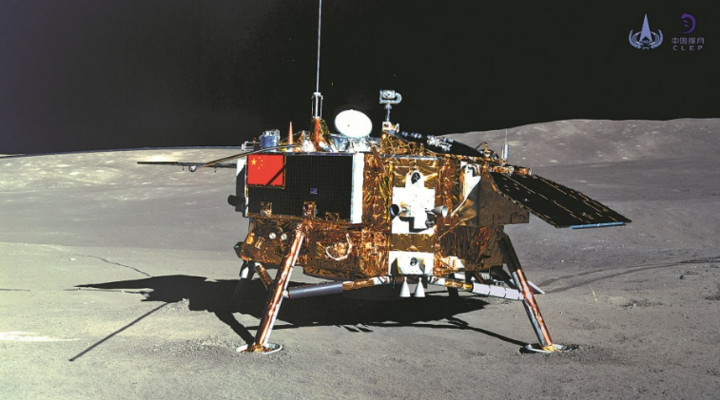
Chang'e 4 probe landed on the Moon in 2019. (Photo: Xinhua)
Last week, Kathleen Hicks, the US Deputy Secretary of Defense, stated that both Russia and China are “developing military doctrines that extend into space” and “deploying capabilities that could target GPS and other critical space-based systems.”
GPS is a constellation of satellites that provide vital positioning and navigation information for military, civilian, and commercial purposes. Most modern devices in the world today have built-in GPS receivers.
The US of course is not sitting still and is trying to soon achieve a position at the Earth-Moon L2 point.
Washington is working with commercial and international partners on the Gateway program as part of its Artemis mission to return humans to the Moon. Elon Musk's SpaceX is among the private companies involved.
NASA says the Gateway program calls for building a small space station orbiting the Moon to provide “essential support for missions on the lunar surface.”
Charles Galbreath from the Mitchell Institute for Aeronautical Studies in Virginia (USA) said that monitoring the Cislunar region, communicating freely and navigating safely through this area will be "key to unlocking growing scientific and economic opportunities".
Elvis believes the US-China space race will focus on the south pole of the Moon because it receives almost constant sunlight, meaning there will be a permanent source of electricity and less extreme temperatures.
However, the Moon's poles also contain deep craters that receive no sunlight. These locations are expected to contain ancient ice deposits and useful minerals.
Last August, India claimed to have become the first country to successfully land a spacecraft on the Moon’s south pole. Days later, Russia failed in its attempt to reach the area.
NASA's Artemis 2 mission, which was scheduled to send four astronauts around the Moon this year, has now been pushed back to September 2025.
The US Artemis 3 mission, which will put humans near the lunar south pole for the first time, has been pushed back from 2025 to 2026. Meanwhile, China is expected to arrive in the area with an unmanned lander in 2027.
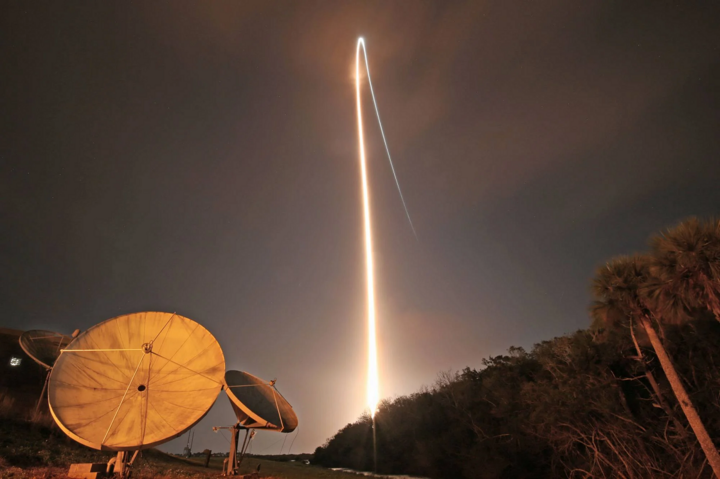
The rocket carrying the Peregrine lunar lander takes off from Cape Canaveral, Florida, US, on January 8. (Photo: SCMP)
Perhaps anticipating the intense competition in Earth’s orbit, a White House strategy paper released in 2022 calls for a “rules-based international order” in space. And just like on Earth, the US is also looking to attract allies and create new rules for areas far from the planet.
Thirty-three countries, including India and Brazil, have signed the Washington-led Artemis Accords, which were created in 2020 to promote “peaceful” international cooperation in space. Although China is not a party to the accord, Beijing has invited international partners to collaborate on its lunar missions.
Whether it's the Moon or the Lagrange points, Elvis believes that the entire area above Earth is "prime real estate" in the universe, and global cooperation is essential.
"There's a limit to how many satellites can get there. If too many satellites are concentrated at the same time, there's a risk of collision and debris that could be dangerous for all parties," Elvis said.
Hua Yu (Source: SCMP)
Source



![[Photo] Solemn Hung King's Death Anniversary in France](https://vstatic.vietnam.vn/vietnam/resource/IMAGE/2025/4/6/786a6458bc274de5abe24c2ea3587979)
![[Photo] Military doctors in the epicenter of Myanmar](https://vstatic.vietnam.vn/vietnam/resource/IMAGE/2025/4/6/fccc76d89b12455c86e813ae7564a0af)
![[Photo] Prime Minister Pham Minh Chinh chairs the regular Government meeting in March](https://vstatic.vietnam.vn/vietnam/resource/IMAGE/2025/4/6/8393ea0517b54f6791237802fe46343b)
![[Photo] Vietnamese rescue team shares the loss with people in Myanmar earthquake area](https://vstatic.vietnam.vn/vietnam/resource/IMAGE/2025/4/6/ae4b9ffa12e14861b77db38293ba1c1d)
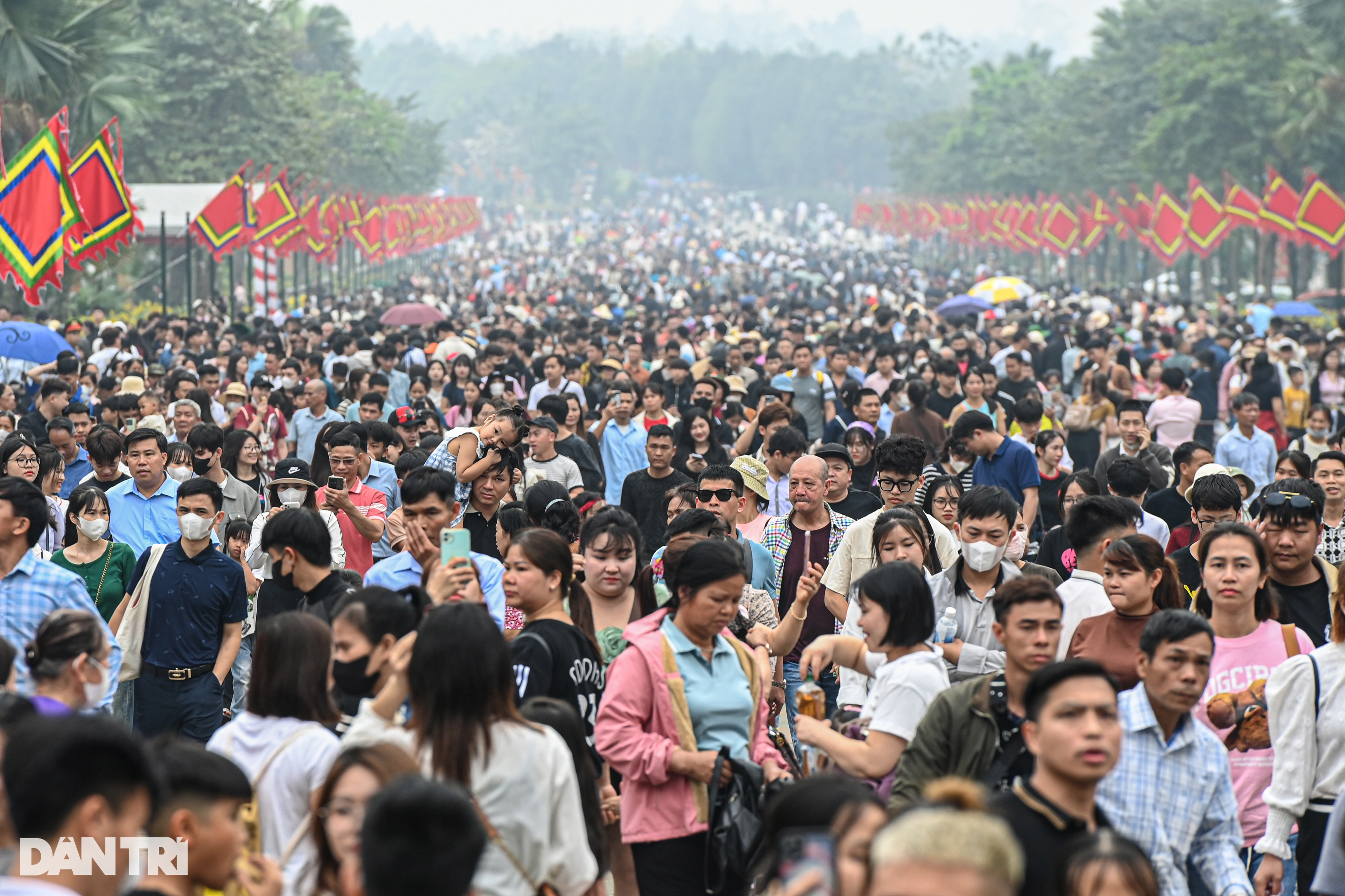
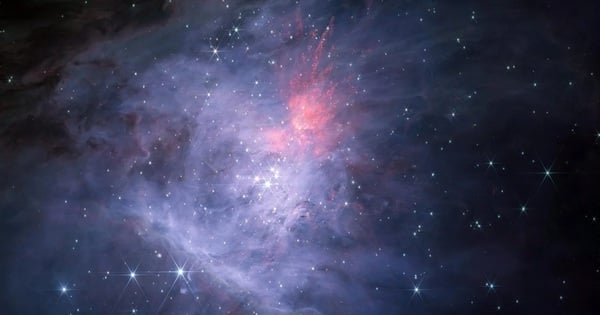

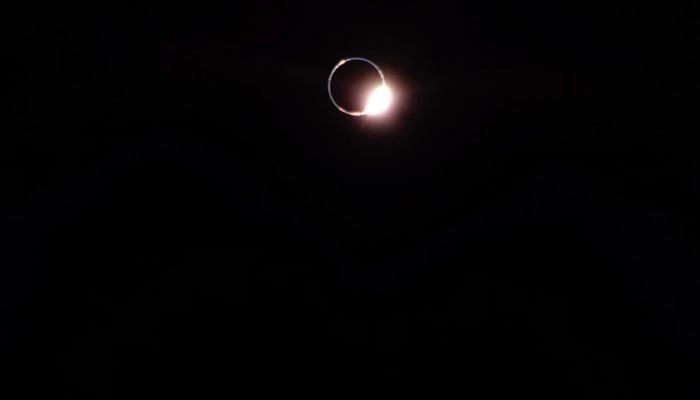

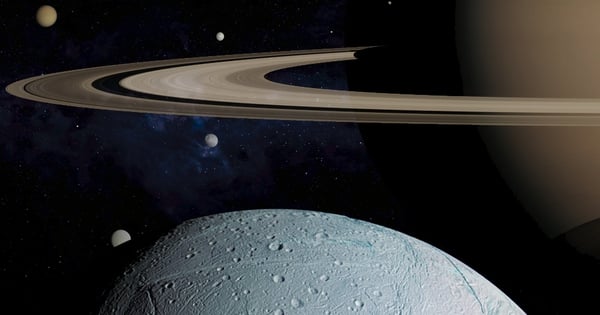
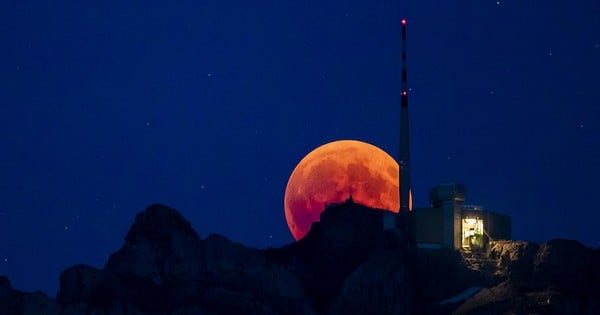
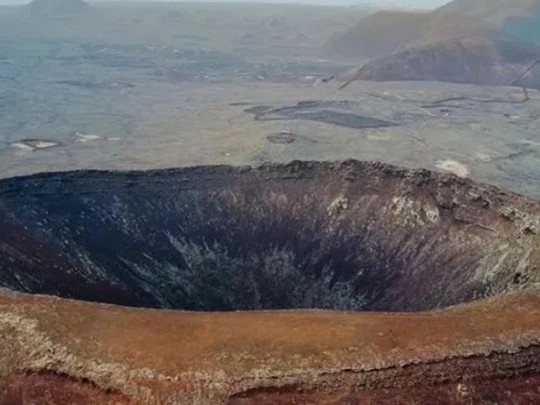





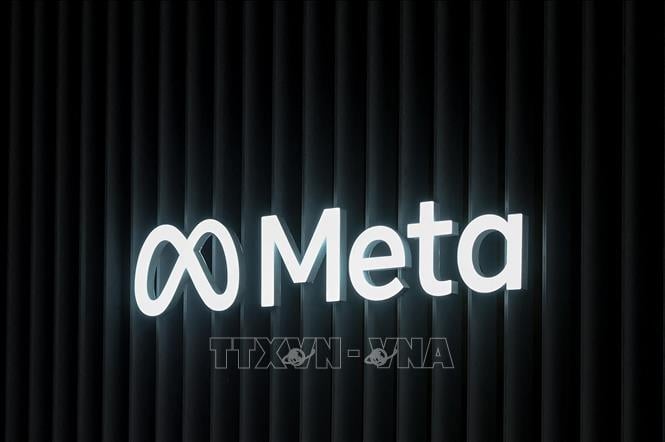

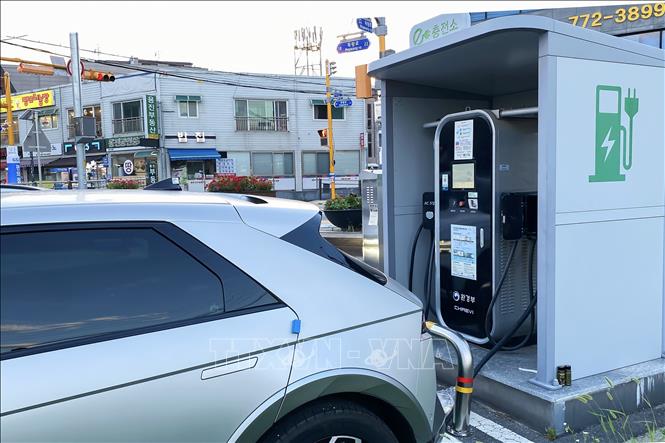

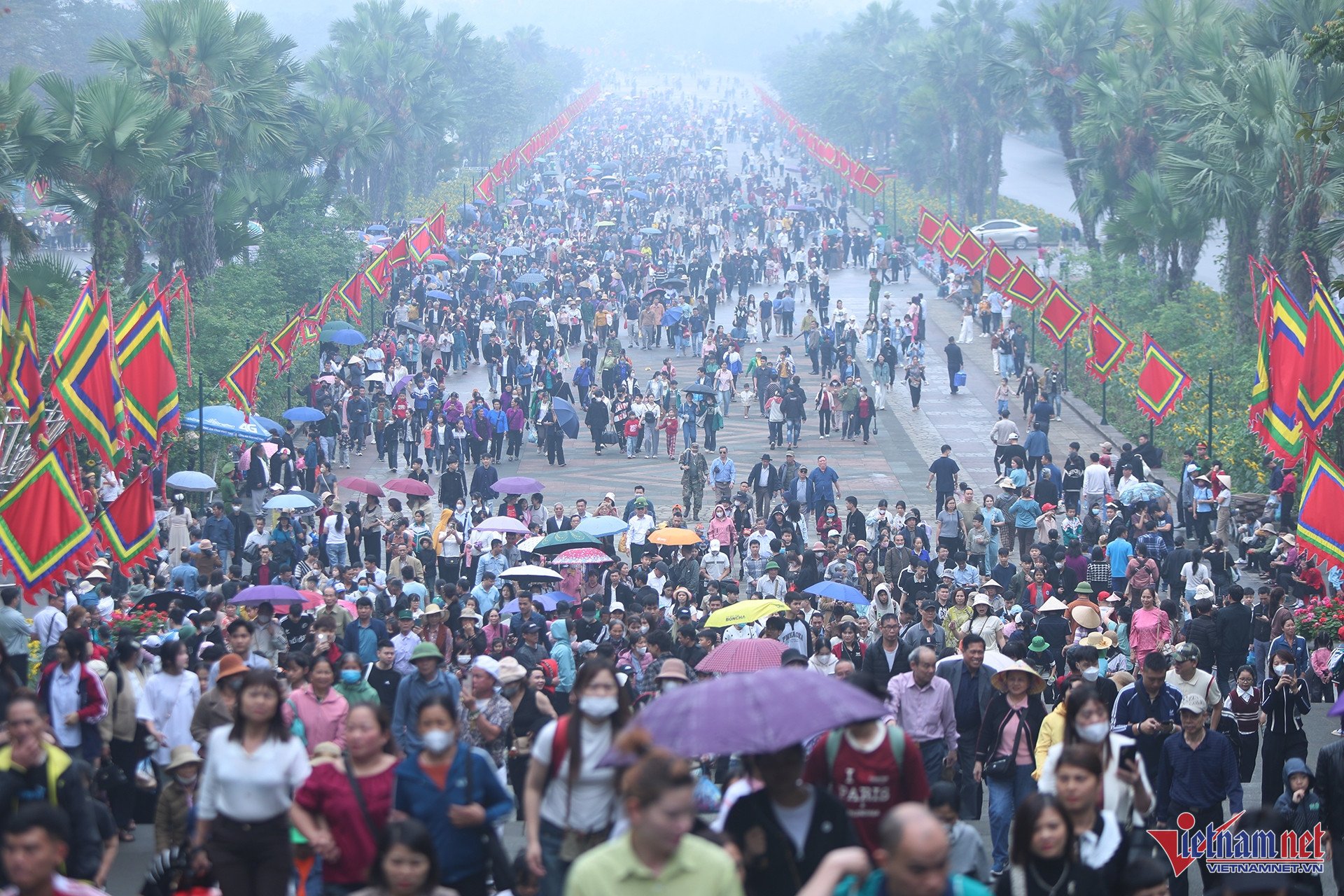















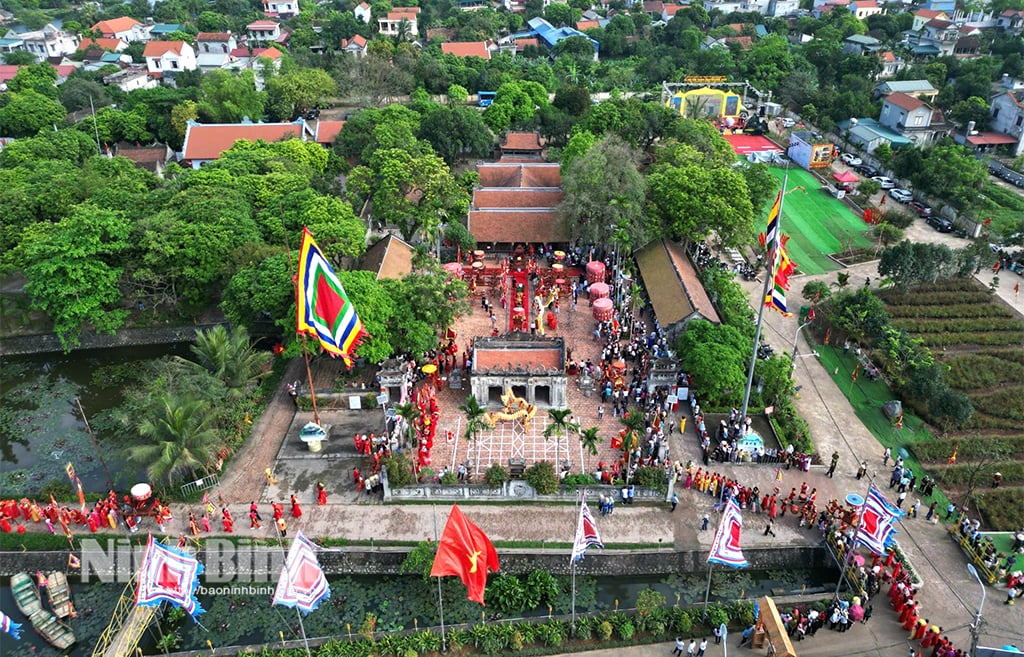












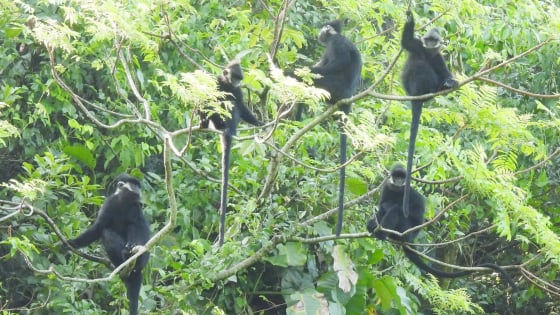



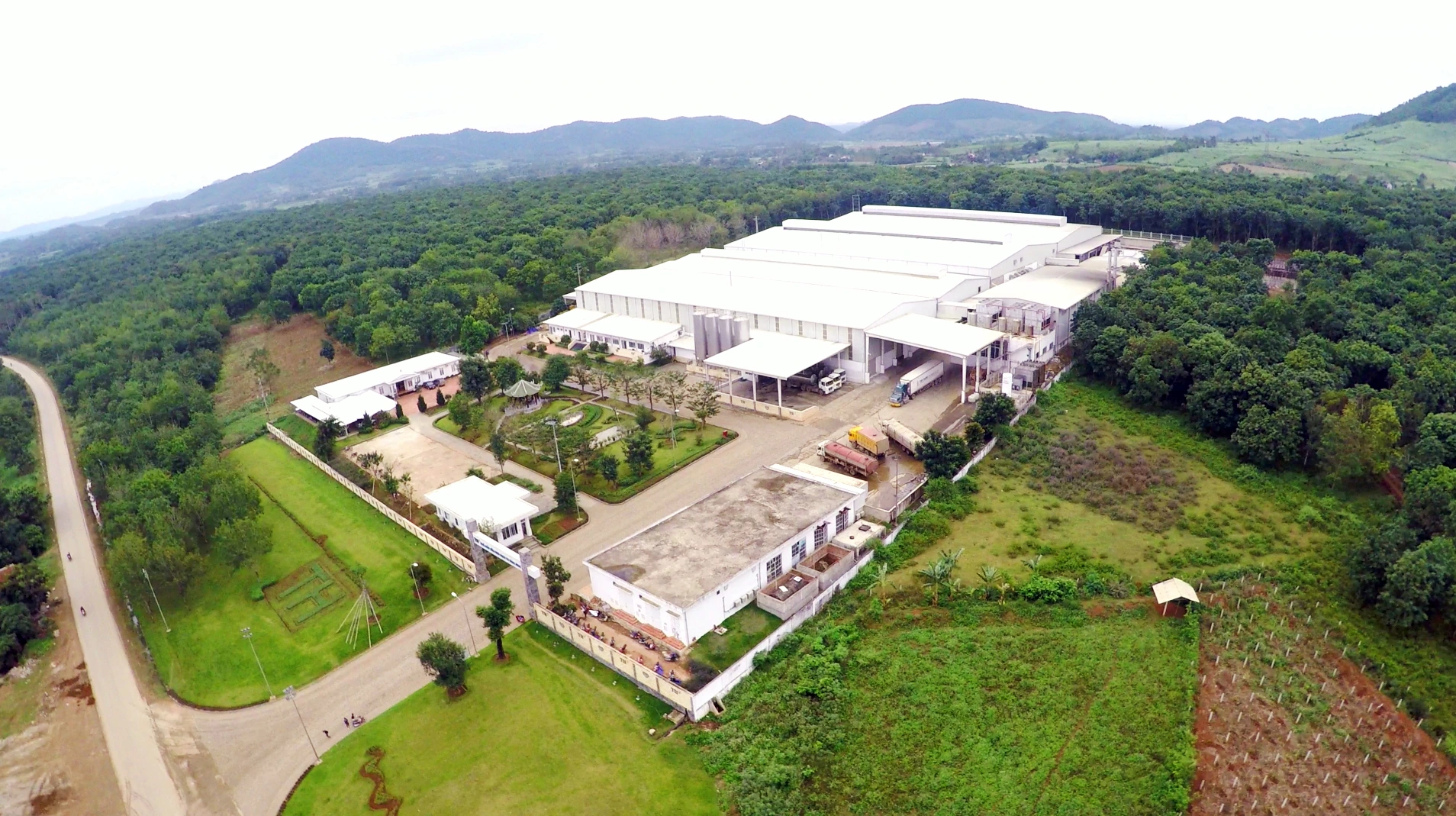




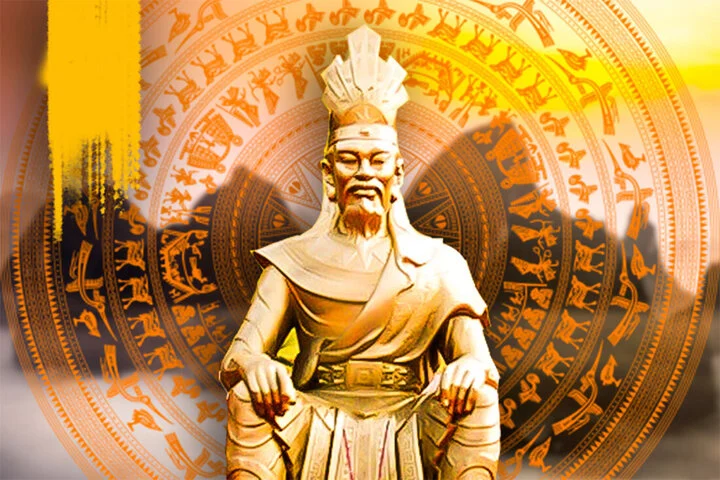

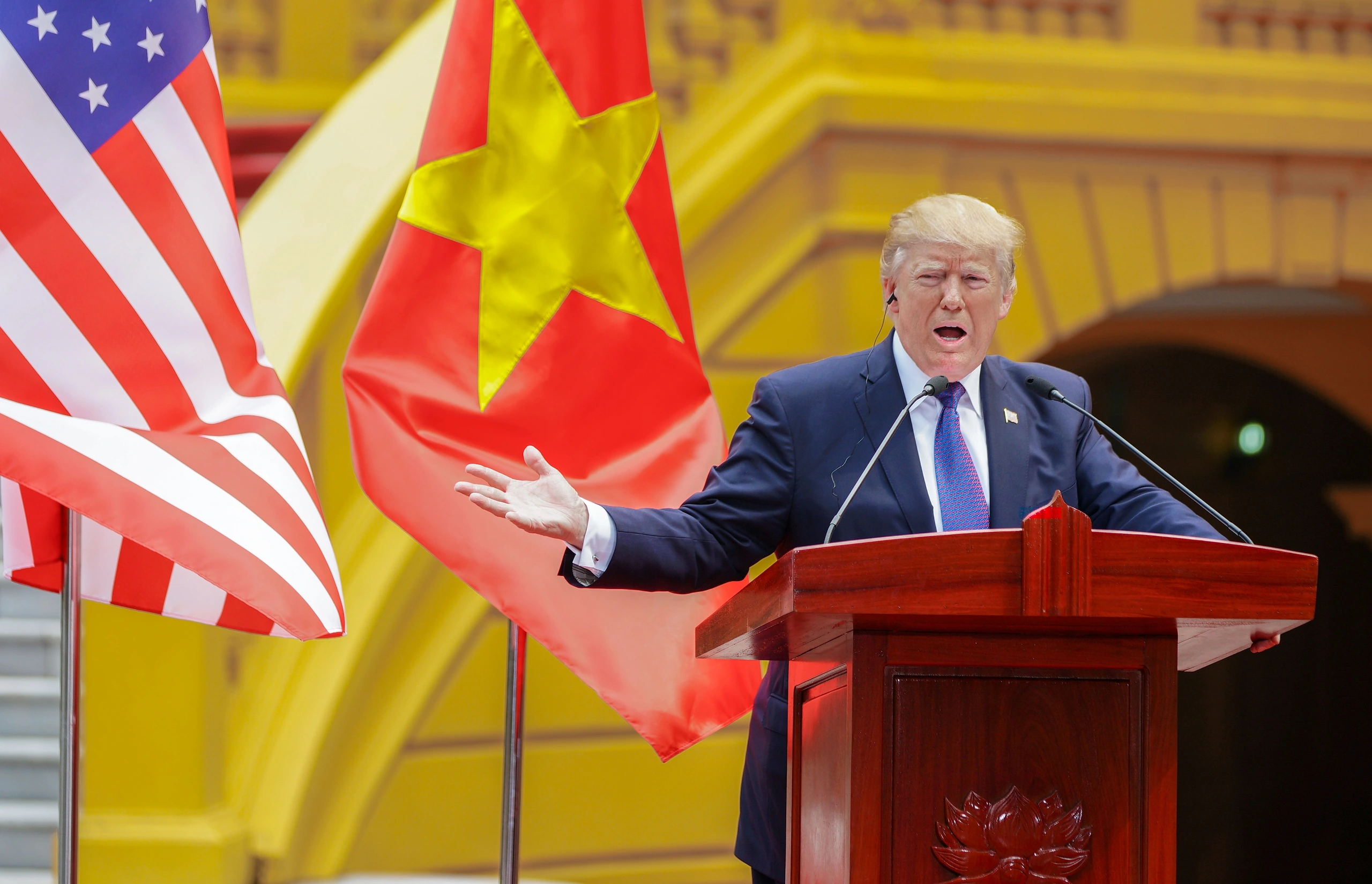






















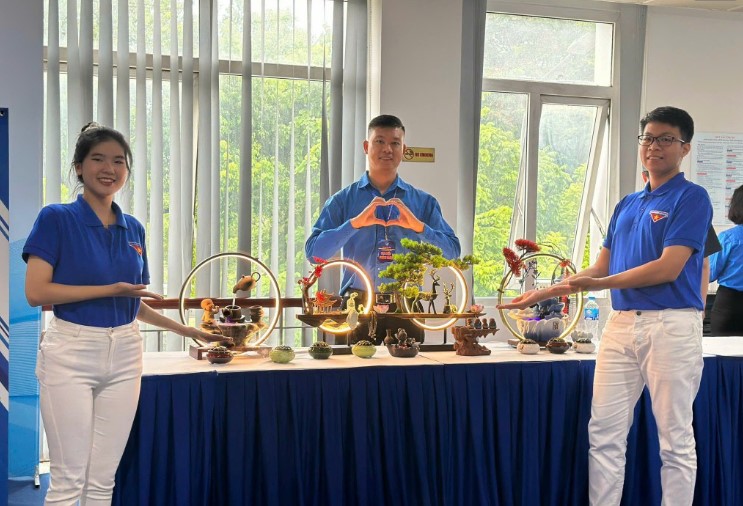






Comment (0)